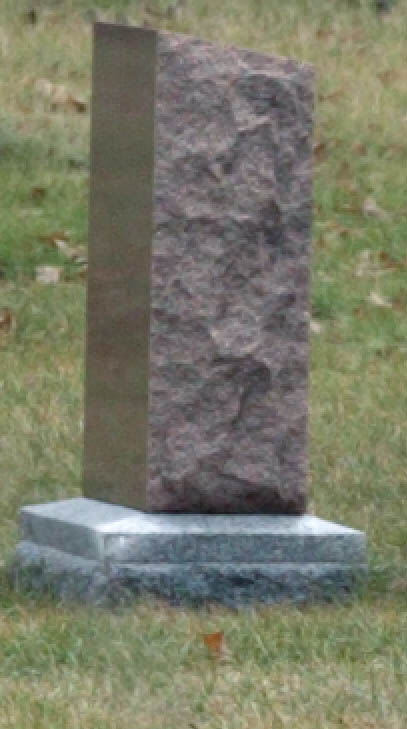 |
 |
 |
|
Straight image from scanner
|
digital image from 1Ds
|
Image using Nikon's ICE and GEM processing
|
 |
 |
 |
|
Straight image from scanner
|
digital image from 1Ds
|
Image using Nikon's ICE and GEM processing
|